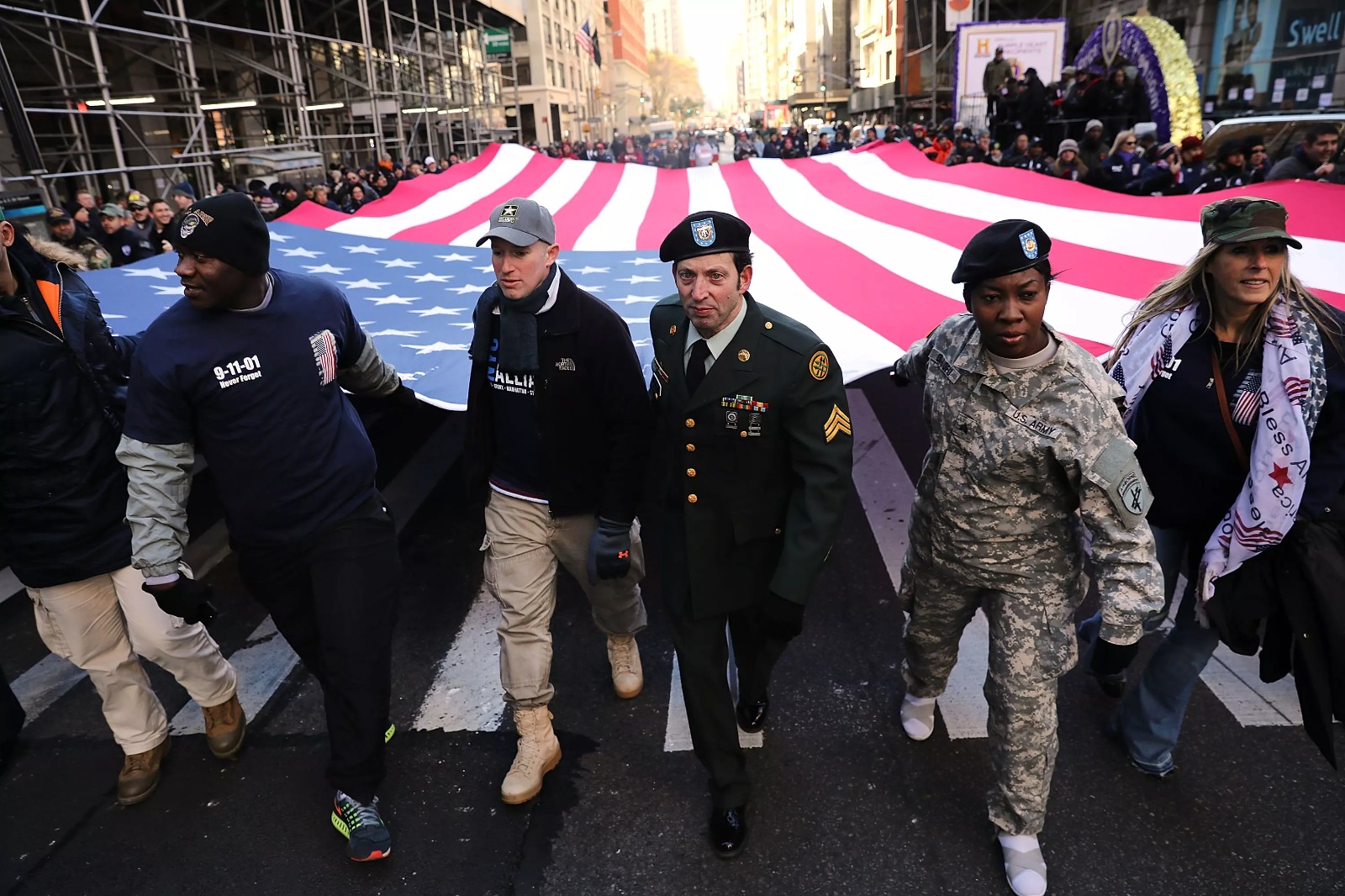
297 simple ideas to prevent the contagion of the coronavirus
A collaborative group from the University of Cambridge proposed 297 simple ideas to decrease the probability of infection as social distancing measures are…
A collaborative study group consisting of the BioRISC (Biosafety Research Initiative at St Catharine's College, Cambridge), the Department of Zoology's Conservation Evidence Initiative and the University of Cambridge's Centre for the Study of Existential Risk identified 297 options based on people's behaviour - not medical actions - to reduce the risk of transmission of SARS-CoV-2, the virus that causes COVID-19.
As the pressure to lift mobility restrictions on people to revive the economy increases, so does the likelihood that we will see a second wave of the virus.
"All activities will have to be considered individually, and reintroduced carefully, depending on the risk they pose to the spread of the virus," said Professor William Sutherland, from the University of Cambridge's Department of Zoology to the Cambridge Independent.
RELATED CONTENT
[node:field_slideshow]
Here is a selection of some of their proposals, some already implemented in some cities, others quite surprising.
- Introducing queue-in-your-car systems at supermarkets and doctor’s surgeries
- Reducing counterflow interactions by, for example, normalising clockwise routes around shared spaces
- Offering free use of rental bicycles to reduce the demand on public transport
- Encourage or enforce ‘minimum spend’ or ‘minimum items’ to encourage people to combine trips to obtain goods.
- Create a special period for key workers to shop.
- Reduce noise so people don’t have to raise voices or move closer.
- Ask people to identify their bubble—everyone they live with or must have contact with during “lockdown”—and ask people to stay as much as possible within their bubble. This was advice given by the Prime Minister in New Zealand
- Split and separate teams doing key work in case one team gets infected.
- Divide into groups and rotate use of shared space (e.g. office staff alternating attendance, students attending classes every two or three weeks).
- Use clear, colourful markings on the ground to space people out (e.g. grid to show where to eat lunch or spaces in queues), make these tactile to facilitate access for those with limited vision
- Repeat events (e.g. church services or talks).
- Only allow disabled/elderly people to use lifts.
- Hold events outdoors where possible.
- Removing objects requiring physical contact, such as door handles or fingerprint scanners
- Designing systems to reduce shared contact by, for example, removing self-packaging options on fresh bread and vegetables and introducing a mandatory ‘touch it and take it’ system in supermarkets
- Using tools to avoid direct contact by, for example, ensuring gloves are used at petrol stations or asking individuals to bring their own tongs when shopping
- Use paper instead of plastic bags
- Eat with utensils rather than fingers.
- Use an elbow or back rather than hands to push heavier items (such as doors)
- Shorten production lines where feasible, or fix working relationships so that each individual in a production line only has to interact with a limited number of colleagues. For instance assign the same individual to production and packaging or always have one worker package another worker’s produce.
- Encourage workers to bring their own food and pre-prepare items before coming to work.
- All rubbish, such as waste after eating, placed straight in the bin rather than left for someone else to clear up.
- If a sink tap is programmed to run only for a short period of time, increase that length of time (if technically feasible) to avoid having to press the tap again mid-wash (also decreases the risk that people wash their hands for too little time).
- Ensure that sink water temperature is not too hot so that hands can be held under whilst washing.
- Encourage or require people to stop spitting in public places.
- Restrict activities to workers who have passed a test of their knowledge of hygiene, as in the Finnish system of Hygiene passports
- Avoid shaking dirty laundry before washing to reduce the possibility of dispersing virus through the air.
- Dry laundry completely before wearing.
- Fold laundry at home, rather than in public places such as a launderette.
- Reduce the hours that shops and public transport are open to enable cleaning to take place.
- Clean shared facilities between use by individuals, such as canteen tables, shopping trolleys or self-service touch screens.
- Place non-urgent, non-perishable post-delivered items (letters and packages) in bags and wait before opening.
- If there appears to be any crack or leak in pipework, seal with tape or glue.
- Regularly clean and maintain ventilation systems.
- Ensure that air conditioning exhaust vents are located away from public areas.
- Avoid recirculating air to reduce concentration of infectious aerosols within a system.
- Encourage physical distancing measures for both wild and pet animals when risk of infection.
- Rescue, treat and rehome feral animals.
- Disinfect and safely dispose of potentially contaminated matter (e.g. cat litter with urine and faeces) from pets that have been in close contact with people with COVID-19 infection.
- Encourage washing of pets, where possible by an intermediary, before handing to veterinarians.
- Creating an expectation that people will self-isolate after travel
- Conducting testing before international flights
- Leaving a seat-width gap between passengers
- Prohibit or discourage travel from urban centres to second/family homes in rural communities, to reduce burden on rural health infrastructure.
- Encourage or require that windows are left open (where appropriate) on shared transport.
- Charter entire coaches, trains or planes for a group travelling together, such as sports teams
The full list can be found in this link.











LEAVE A COMMENT:
Join the discussion! Leave a comment.